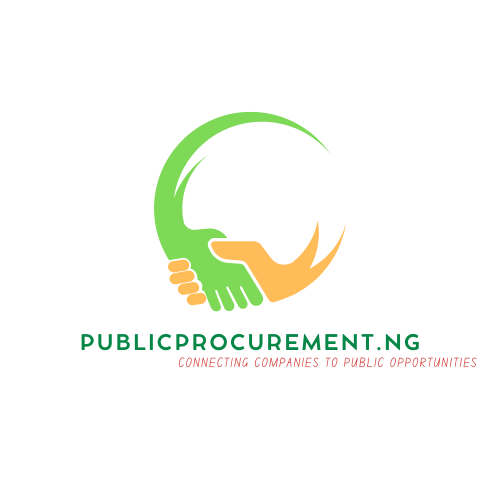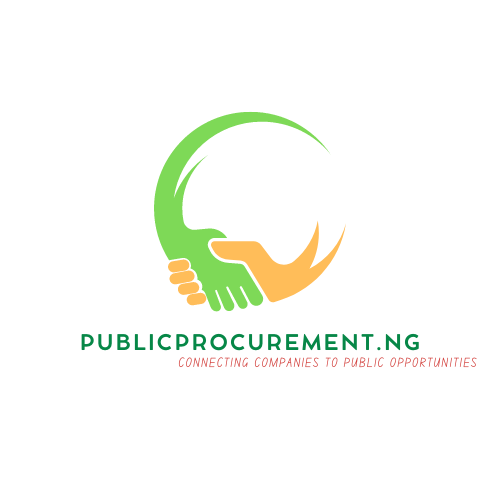NIGERIAN NATIONAL PETROLEUM CORPORATION GAS AND POWER INVESTMENT COMPANY LIMITED (NGPIC)-
INVITATION FOR PRE-QUALIFICATION/EXPRESSION OF INTEREST FOR THE HYDROLOGIC STUDIES AND BATHYMETRIC SURVEY FOR THE PROPOSED 900MW KADUNA INDEPENDENT POWER PLANT PROJECT (KDIPP) PROJECT

NIGERIAN NATIONAL PETROLEUM CORPORATION GAS AND POWER INVESTMENT COMPANY LIMITED (NGPIC)
NNPC TOWERS, HERBERT MACAULAY WAY, P.M.B. 190, GARKI- ABUJA, NIGERIA
INVITATION FOR PRE-QUALIFICATION/EXPRESSION OF INTEREST FOR THE HYDROLOGIC STUDIES AND BATHYMETRIC SURVEY FOR THE PROPOSED 900MW KADUNA INDEPENDENT POWER PLANT PROJECT (KDIPP) PROJECT
1. INTRODUCTION
The Nigerian National Petroleum Corporation Gas and Power Investment Company Limited (NGPIC) intend to carry out the Hydrologic Studies and Bathymetric Survey for the Proposed 900MW Kaduna Independent Power Plant Project at Kakura, Rigasa District, Kaduna State.
In compliance with the Public Procurement Act 2007 and the Bureau of Public Procurement guidelines, NGPIC invites interested competent and reputable Contractors /Companies to submit pre-qualification documentation for the Hydrologic Studies and Bathymetric Survey ‘Works” as described in section 2 below.
2. BRIEF DESCRIPTION OF THE PROJECT (SCOPE OF WORK)
The scope of “Work” for the Hydrologic Studies and Bathymetric Survey includes but not limited to following:
(2.1) Consider extreme climate conditions and conduct:
(2.1.1) Hydrological analysis at the catchment scale for the proposed IPP site and its environs
(2.1.2 Catchment rainfall and runoff computations and determine flood risks at the proposed Kaduna IPP site
(2.2) Produce technical data for drainage designs at the proposed site and wastewater disposal models for possible percolation or discharge into nearby river or streams
(2.3) Determine average net evaporation values for each month of the year for River Kaduna
(2.4) Determine sequences of monthly inflow into the River Kaduna
(2.5) Obtain baseline water quality data downstream of the proposed raw water intake spots to assist with the assessment of environmental impacts
(2.6) Find out the rate of water & sediments outflow from the Water Body and establish a relation between them
( 2.7) Collect Water samples of different time for the study of physical components of the water
(2.8) Compile different studies done till date by different organizations on these Water Body and compare and validate with the current findings
(2.9) Produce hydrological maps and charts for the proposed IPP site and
(2.10) Carry out Bathymetric Survey of the water body close to River Kaduna where Raw Water pipeline is proposed to be laid/submerged using standard eco-sounder to measure water depth below water level in the Water Body.
(2.11) Measure the width, critical and average depths of the River Kaduna as well as map its underwater features, bed type/form, objects, debris, sediment thickness, object detection etc.
(2.12) Find out the area, volume and other detail structure of the Water Body
(2.13) Identify different reference points and locate them on the map of the Water Body
(2.14) Find out relation between the elevation and the storage of the Water Body
(2.15) Analyse all suitable options and determine optimum point for Raw Water intake
(2.16) Carry out Topographic Survey around the Water Body to prepare topographic maps with contour lines with interval of 5m. The topographic map shall cover at least up to 25 m vertical above the Water Body’s water level around the Water Body and up to 10 m height along the river channel for up to 200 m downstream form the Water Body outlet
(2.17) Drilling of five (5) No. of Hydrogeological boreholes within the proposed Kaduna IPP site and conduct water yield test on each of the boreholes and determine the Groundwater development stress (GDS) of the aquifer
(2.18) Carryout Route Survey for the Proposed Raw Water Intake Pipeline
(2.19) Fix temporary benchmarks at proper site of the Water Body for reference
(2.20) Identify all water bodies between proposed Kaduna IPP Site to the River Kaduna where proposed Raw Water pipeline is to be laid/submerged and carry out water depth surveys at the location(s)
(2.21) Prepare digital GIS map of Water Body with fine resolution.
(2.22) For verification of the deepest depth, the surveying point density shall be doubled for the area having deepest part of the Water Body (such area should be at least 25% of the total area)
(2.23) Data verification before demobilization
(2.24) Data processing. Map/Charts presentation and Report Writing
(2.25) Carry out other related works





No Comments